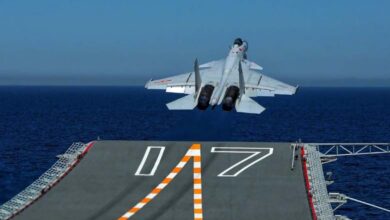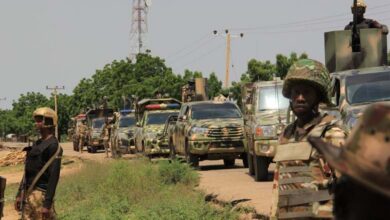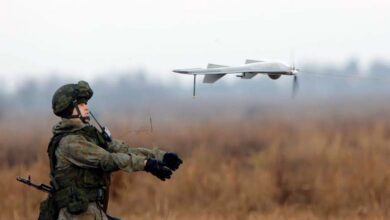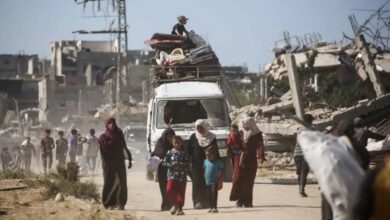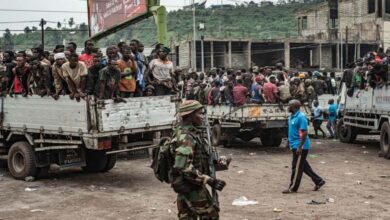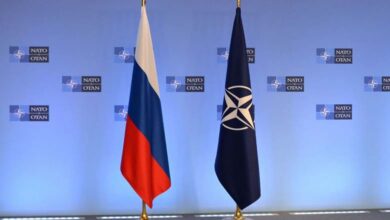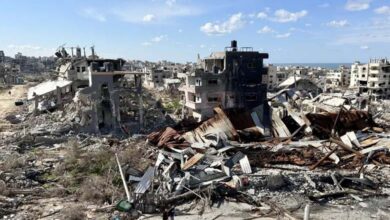After the war… 4 scenarios shaping Iran–U.S. relations
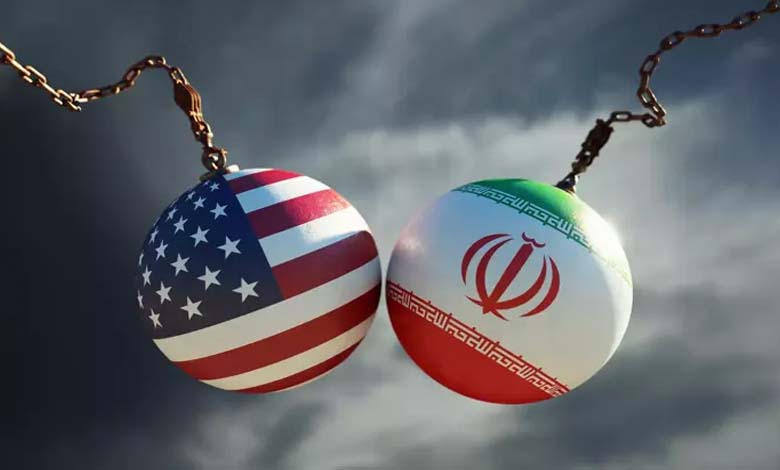
The recent war involving Iran, Israel, and the United States was not a mere passing confrontation but a turning point that exposed the limits of Washington’s “maximum pressure” policy.
With the dust of battle now settled, the United States faces a critical juncture: which path to take in dealing with Iran, and how each choice will affect Middle Eastern stability for decades to come?
Four main scenarios stand out, each with its opportunities and risks.
-
Are the UAE Playing a Mediation Role Between Iran and the United States?
-
New sanctions imposed by the United States, Britain, and Canada on Iranian officials… Details
- Endless escalation
The first scenario is the continuation of the perpetual cycle of escalation that has defined U.S.–Iran relations for decades and reached its peak in the latest confrontation.
In this trajectory, Iran continues to expand its nuclear and military capabilities without crossing the nuclear threshold, while the United States and Israel respond with further sanctions, covert operations, and possibly additional military strikes.
This option allows leaders to project toughness and avoid concessions, but it is extremely dangerous: any miscalculation, as in the recent conflict, could spark a full-scale regional war.
According to U.S. reports, escalation may give a sense of control but ultimately leads to greater chaos.
-
Iran warns Israel and the United States of “escalation beyond control”
-
New Talks – United States and Iran Revive Nuclear Agreement Negotiations Once Again
- A deal if one side yields
The second scenario involves a return to nuclear negotiations. The 2015 accord allowed limited uranium enrichment under strict monitoring, but the Trump administration reinstated the demand for “zero enrichment,” a red line unacceptable to Tehran.
Although the sixth round of talks collapsed after Israeli strikes, new ideas surfaced, such as establishing a regional enrichment consortium, indicating that diplomacy is not entirely dead.
Yet structural hurdles remain. U.S. policy is still shaped by pro-Israel hawks pushing for regime change, while Israeli Prime Minister Benjamin Netanyahu leverages the Iranian file to justify U.S. military presence, secure unconditional support, and sideline the Palestinian issue.
Some analysts, including Ali Vaez and Danny Citrinowicz, suggested a non-aggression pact between Iran and Israel. But with Supreme Leader Ali Khamenei distrustful of Washington and Tel Aviv, and Netanyahu politically invested in keeping the “Iranian threat” alive, such a scenario appears nearly impossible.
-
The United States will sanction more than two dozen people and entities about Iran’s nuclear
-
Iranian-European Talks on Nuclear Issue and Sanctions
- An Iranian nuclear breakout
The third scenario envisions Iran, cornered by pressure, opting to rush toward developing a nuclear weapon as its ultimate deterrent.
For a nation under siege, nuclear arms might be seen as a survival guarantee. But the risks are profound: suffocating isolation, a potential regional arms race, and continued covert warfare.
Russia’s experience offers a stark lesson: nuclear weapons did not shield Moscow from economic sanctions or quagmires of attritional wars.
For Tehran, a bomb would not lift sanctions, fix the economy, or halt sabotage. It could provide a sense of strength but at a devastating, self-destructive cost.
-
Iran Does Not Rule Out a New War and Prepares for the Worst
-
European Troika Poised to Confront Iran with the Sanctions Weapon
- Strategic patience and pivot to the East
The fourth scenario is built on strategic patience—managing the status quo without major escalation, while enhancing defensive and missile capabilities, deepening military and economic partnerships with China and Russia, and effectively abandoning hopes of normalization with the West.
This strategy reflects the Supreme Leader’s vision of survival through domestic consolidation, self-reliance, and waiting for global power balances to shift as the U.S. reduces its Middle Eastern footprint.
Here, Iran bets on time and endurance to outlast pressure, a path made more attractive by China’s emergence as a reliable military supplier after the proven effectiveness of its technologies in the recent India–Pakistan conflict.
Still, this eastward tilt risks entrenching Iran’s isolation from Western markets and heightening dependence on Beijing and Moscow. Yet it aligns with Iran’s doctrine of defiance and self-sufficiency.


